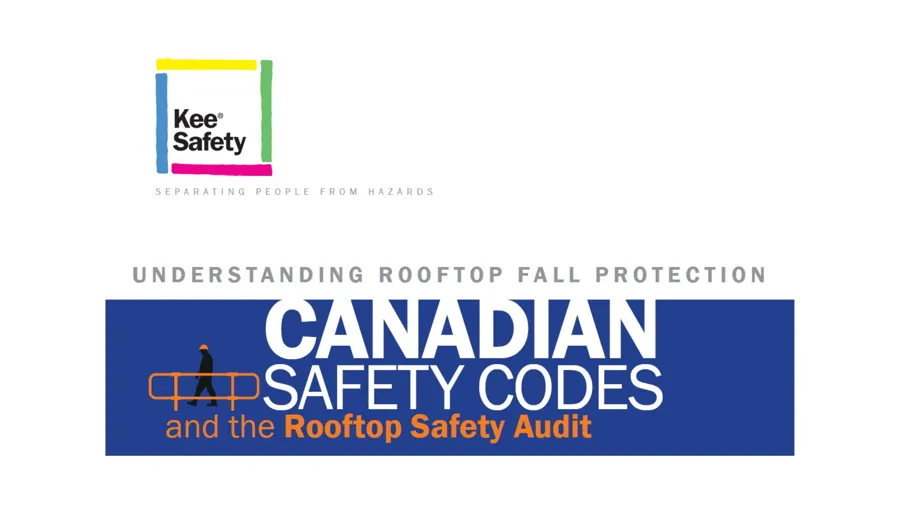
You are visiting the Canada Kee Safety website from United States. Would you like to go to the United States site?
“Put guardrails in place” is a metaphor used to describe efforts to make social media responsible, especially regarding children. It is raised to ensure that companies behave conscientiously for their customers and shareholders. There is a high alert about the potential dangers of artificial intelligence, with cries of “We need guardrails!”
The examples of figurative guardrails are diverse, but the common denominator is that guardrails provide protection.
Real-life guardrails provide fall protection in public spaces such as parks, playgrounds, ramps, bridges, roadways, waterfronts, event venues, transit stations, sidewalks, construction sites, and other places essential to separate people from hazards.
Guardrails are also standard in commercial, institutional, and industrial facilities, where they serve as fall protection systems for workers at loading docks, on mezzanines, in warehouses, on elevated platforms for production and equipment maintenance, on rooftops, and to designate restricted areas in laboratories, petrochemical and power plants, zoos and museum exhibits, and many other areas.

According to the Canadian Centre for Occupational Health and Safety, a guardrail is a stationary or fixed system consisting of a horizontal top rail and mid-rail supported by vertical posts, forming a barrier that can withstand significant force.
Federal, provincial, territorial, and local governments have regulations for guardrails that are largely similar. The Government of Canada consolidates and publishes acts and regulations of Canada under Justice Laws. The specific regulations for guardrails under SOR/86-304-2.12 (1) state:
While guardrails and handrails contribute to safety, they are used in distinct contexts and serve different purposes. Guardrails are intended to prevent falls and cordon-off areas.
Handrails are designed to support and stabilize individuals as they navigate walkways and inclined surfaces such as stairs and ramps. They should provide a smooth, continuous grip and are usually installed at a comfortable height, typically 34 to 38 inches (85 mm to 96 mm) from the floor, stairs, or ramp.
Both a handrail and a guardrail can be part of the same safety system, such as a handicap access ramp or industrial stair railing.

A pipe-fitted, modular guardrail system constructed of anodized aluminum or galvanized steel is strong, durable, and corrosion-resistant. It installs quickly without welding, drilling, threading, or tapping. The modular design allows the system to be expanded or reconfigured as the facility evolves.
Guardrails can be powder-coated for high visibility or to match a colour scheme. Once installed, they require minimal maintenance over a long service life. In the case of a collision or other accident, the modular design enables the simple replacement of damaged rails or other components.
Both aluminum and galvanized steel are smart, practical guardrail choices. It depends on the application and preferences. Lightweight aluminum guardrails are easy to handle and are considered to have a greater aesthetic appeal. They are also spark-resistant and resilient in harsh chemical environments. Galvanized steel guardrails are typically lower in material cost and offer superior strength and structural integrity.

Roof fall protection is a priority when workers must access the rooftop for construction, inspections, repairs, and maintenance of building services equipment. Several guardrail-based fall protection equipment and systems are available to help ensure worker safety.
Guardrail systems are integral to comprehensive fall protection strategies. According to the CCOHS, guardrails are one of the preferred methods for fall protection because they are a passive system, meaning they do not require active participation (e.g., special equipment, training, inspections) on the part of workers to provide protection. With compliant guardrails in place, building owners, employers, and safety managers can be assured of worker safety.

See just how easy it is to assemble our Kee Guard system onto your roof space.

What experts look for when performing a rooftop safety audit and how to improve worker safety with solutions that exceed OH&S compliance.